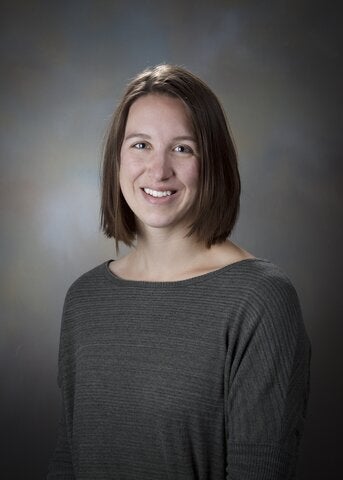
Lyndsay Shand received her PhD in Statistics from University of Illinois Urbana-Champaign in 2017 specializing in spatial-temporal analysis and is now a research statistician at Sandia. At Sandia, Lyndsay continues to conduct and lead research centered around space-time statistics with applications to atmospheric science, climate science and disease modeling to name a few. Specific research interests include Bayesian hierarchical models, space-time point processes, spatial-temporal extremes and surrogate modeling for complex processes. Lyndsay also serves as a statistical consultant for researchers across the laboratory and continues to be actively engaged with the universities through collaborative research, recruiting and student outreach opportunities. In 2016, Lyndsay won the Illinois Campus Award for Excellence in Public Engagement for cofounding a pro bono consulting student organization. In 2019, she was nominated for a Sandia employee recognition award for her leadership and in 2021 won an employee recognition award as part of a team assisting laboratory leadership with preparedness during the COVID-19 pandemic. She is now a core member of the technical leadership team of a climate security research project, recently awarded $15M and funded internally by the Department of Energy, with the goal of developing statistical methods for climate attribution.
More about Lyndsay from her website:
"I am an R&D statistician in the statistical sciences department at Sandia National Laboratories where I develop novel statistical approaches to national security problems. My research interests include spatial and spatio-temporal statistics, point process models, Bayesian hierarchical models, and Statistical methods for remotely-sensed data, atmospheric and climate applications.
I received my B.S. in Mathematics and Spanish at Bucknell University in Lewisburg, Pennsylvania after growing up skiing and swimming in Park City, Utah. Afterwards, I earned my Ph.D. in Statistics from the University of Illinois Urbana-Champaign where research focus was in spatial-temporal statistics. I developed prediction models for the spatial spread of diseases such as West Nile Virus and HIV as well as geospatial models to explain complex environmental phenomenon such as stream flow networks."